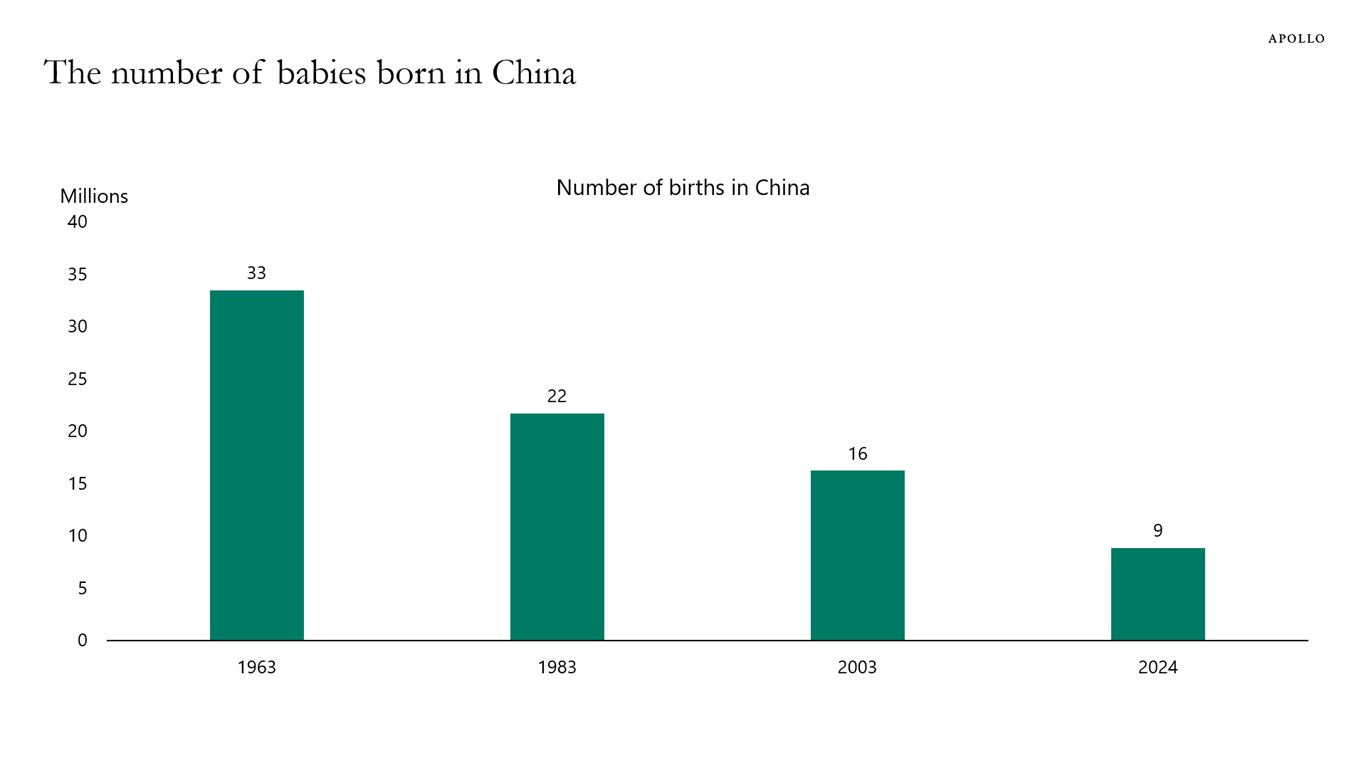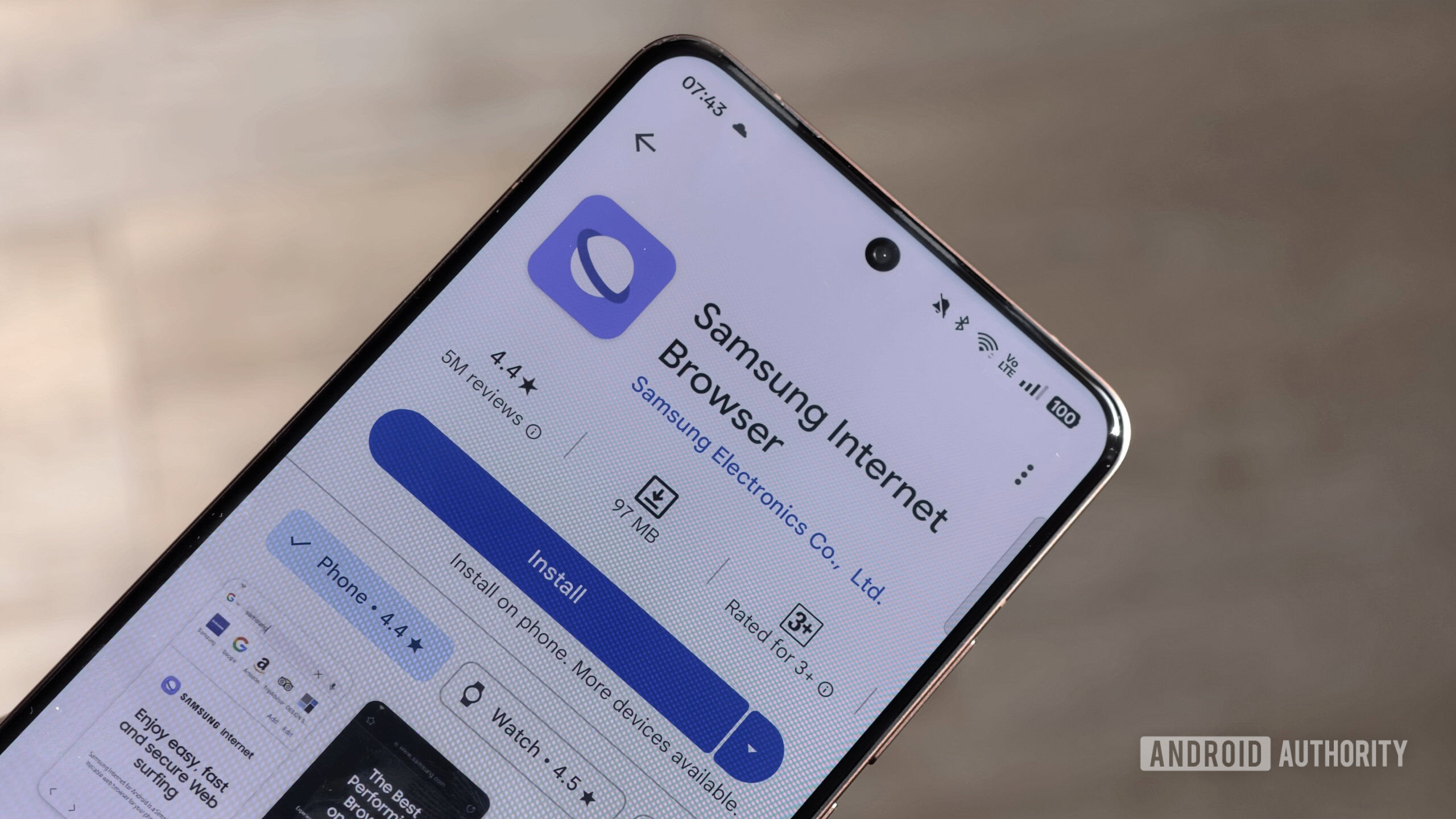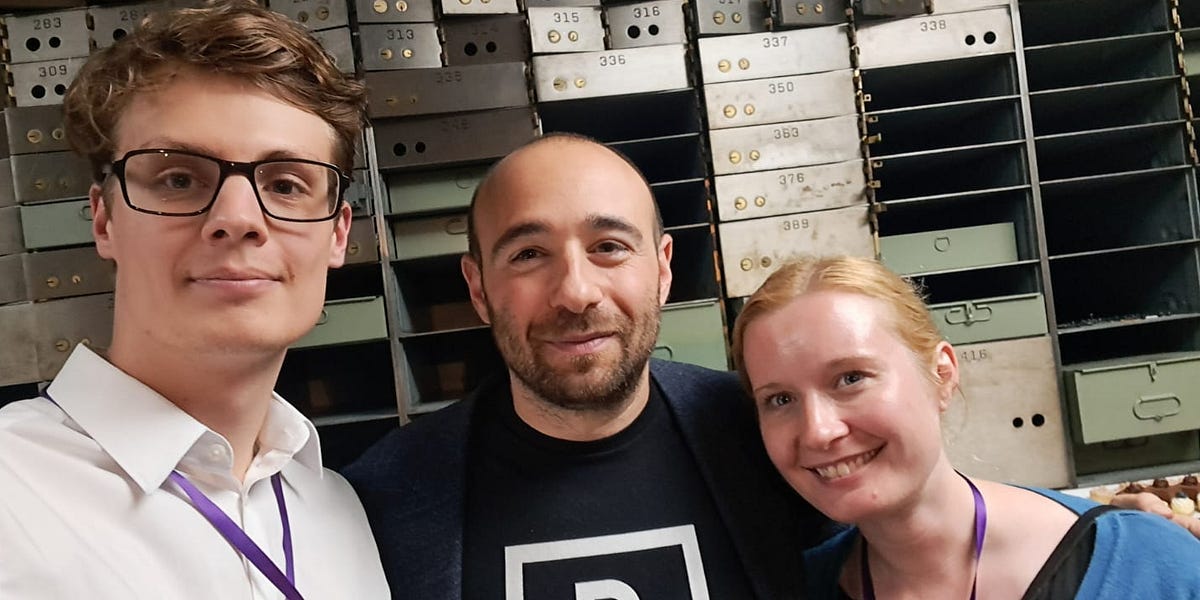The combination of STK-012 and standard-of-care pembrolizumab (Keytruda) plus chemotherapy (PCT) demonstrated early efficacy and safety when used as first-line treatment in patients with PD-L1–negative nonsquamous non–small cell lung cancer (NSCLC), according to data from the phase 1a/1b STK-012-101 trial (NCT05098132) presented during the 2025 SITC Annual Meeting.1
No dose-limiting toxicities were reported, and most treatment-related adverse effects (TRAEs) were noted to be manageable and reversible. One grade 4 TRAE in the form of neutropenia was reported, and no grade 5 toxicities occurred. Notably, no TRAEs resulted in treatment discontinuation, and there were no substantive hallmark interleukin-2 (IL-2) TRAEs.
At a median follow-up of 4 months (range, 1.3-12.2), the regimen elicited an objective response rate (ORR) of 55% in all efficacy-evaluable patients (n = 22), which was comprised entirely of partial responses (PRs); the disease control rate (DCR) was 96%. In those with a PD-L1 tumor proportion score (TPS) below 1% (n = 18) experienced an ORR of 50%, again comprised entirely of PRs, with a DCR of 94%.
Top Takeaways Regarding STK-012 Combination in PD-L1–Negative NSCLC
- STK-012 plus pembrolizumab and chemotherapy achieved an 55% response rate and a disease control rate of 96% in patients with PD-L1–negative nonsquamous NSCLC.
- Responses deepened over time, including in patients with STK11 and KEAP1 mutations, with most remaining on treatment at cutoff.
- The regimen showed manageable, reversible toxicity and no hallmark IL-2–related adverse effects, supporting further evaluation in phase 2.
Moreover, those who received the combination of STK-102 and PCT experienced deepening of response over time; 15 of 22 patients were still receiving treatment at the time of the efficacy clinical cutoff date of September 15, 2025. In those with at least 1 immuno-oncology resistance TSG mutation (n = 11), the ORR with the combination was 55%; in those with 2 TSG mutations in the form of STK11 and KEAP1 (n = 4), this rate was even higher, at 75%.
“Despite advances that have improved outcomes for newly diagnosed lung cancer patients, a significant unmet need persists—most notably among PD-L1–negative nonsquamous NSCLC and tumors with immune resistance mutations,” Adam J. Schoenfeld, MD, of Memorial Sloan Kettering Cancer Center, in New York, NY, stated in a news release.2 “Early STK-012 + SoC PCT data in these hard-to-treat populations are encouraging; if replicated in larger cohorts, they could reshape the treatment landscape.”
What Was the Study Design of STK-012-101?
The phase 1a portion sought to enroll 6 to 10 patients with stage IV nonsquamous NSCLC who were treatment naive, not selected for PD-L1 expression, and who did not have actionable genetic alterations.1 The phase 1b portion sought to include 20 to 40 patients with stage IV nonsquamous NSCLC who were treatment naive, without actionable genetic alterations, and who had a PD-L1 TPS below 1%.
STK-012 was given in the outpatient setting at 2.25 mg subcutaneously for cycles 1 to 5+, pembrolizumab at 200 mg intravenously for cycles 1 to 5+, pemetrexed at 500 mg/m2 for cycles 1 to 5+, and carboplatin at area under the curve 5 for cycles 1 to 4. The primary end point was safety, and the secondary end point was ORR.
In the efficacy-evaluable patients (n = 22), the median age was 69 years (range, 30-82), and 55% were male. Regarding ECOG performance status, 59% had a status of 0, and 41% had a status of 1. In terms of smoking status, 73% of patients were current or former smokers, and 27% had never smoked. With regard to PD-L1 TPS, the majority of patients (82%) had a TPS under 1% and 18% had a TPS of 1%. Most patients had non-mucinous adenocarcinoma (77%).
At baseline, of the 11 patients with at least 1 TSG, 10 had STK11 mutations, 4 had KEAP1 mutations, and 2 had SMARCA4 mutations. Of the 4 patients with at least 2 TSG, 3 had STK11 and KEAP1, and 1 had STK11 with KEAP1 and SMARCA4. Eight patients had the following KRAS mutations: G12D (n = 3), G12V (n = 2), G13D (n = 1), G12C (n = 1), and Q61H (n = 1); 4 had KRAS mutation co-occurring with STK11.
What Was the Safety Profile of STK-012 Plus Pembrolizumab and Chemotherapy?
STK-012 plus PCT had a manageable toxicity profile. The safety clinical cutoff date was August 8, 2025. At a median follow-up of 3.12 months (range, 0.1-11.0), 25 patients were evaluable for safety; 10 of these patients were enrolled in the phase 1a portion of the research, and 15 were enrolled in the phase 1b portion. Grade 1/2 TRAEs occurred in 52% of patients; they were grade 3 or 4 for 28% of patients.
The most common TRAEs reported in at least 10% of patients were nausea (grade 1/2, 44%), fatigue (grade 1/2, 36%; grade 3, 4%), rash/dermatitis (grade 1/2, 24%; grade 3, 16%), injection site reaction (grade 1/2, 28%), diarrhea (grade 1/2, 28%), pyrexia (grade 1/2, 16%), anemia (grade 1/2, 4%; grade 3, 12%), decreased appetite (grade 1/2, 16%), neutropenia (grade 3, 8%; grade 4, 4%), chills (grade 1/2, 12%), cough (grade 1/2, 12%), and vomiting (grade 1/2, 12%).
No significant IL-2 TRAEs were reported. Eight percent of patients each experienced grade 1/2 increase in aspartate and alanine aminotransferase, and 4% of patients experienced lymphopenia.
What’s Next for STK-012?
The phase 2 portion, SYNERGY-101, is recruiting patients with nonsquamous NSCLC who have stage IIIB/IIIC or IV disease and who are treatment naive.3 Patients will be required to have a PD-L1 TPS below 1% per local testing and test negative for actionable genetic alterations.
Patients (n = 105) will be randomized 1:1:1 to receive STK-012 at 2.25 mg with PTC every 3 weeks or STK-012 at 1.5 mg plus PTC every 3 weeks, or PTC alone. Stratification factors comprise ECOG performance status (0 vs 1) and smoking status (current vs former). The primary end point is ORR by blinded independent central review.
References
- Schoenfeld AJ, Garon EB, Chiang AC, et al. Initial phase 1a/1b results of STK-012, an α/β IL-2 receptor biased partial agonist, with pembrolizumab, pemetrexed, and carboplatin in 1L PD-L1 negative non-squamous NSCLC. Presented at: 2025 SITC Annual Meeting; November 5-9, 2025; National Harbor, MD. Accessed November 8, 2025.
- Synthekine presents positive initial results from phase 1a/1b clinical trial of STK-012 plus pembrolizumab and chemotherapy in first-line, PD-L1 negative nonsquamous non-small cell lung cancer. News release. Synthekine, Inc. November 7, 2025. Accessed November 8, 2025. https://www.businesswire.com/news/home/20251107945337/en/Synthekine-Presents-Positive-Initial-Results-from-Phase-1a1b-Clinical-Trial-of-STK-012-Plus-Pembrolizumab-and-Chemotherapy-in-First-Line-PD-L1-Negative-Nonsquamous-Non-Small-Cell-Lung-Cancer
- STK-012 monotherapy and in combination therapy in patients with solid tumors. ClinicalTrials.gov. Updated August 7, 2025. Accessed November 8, 2025. https://clinicaltrials.gov/study/NCT05098132









